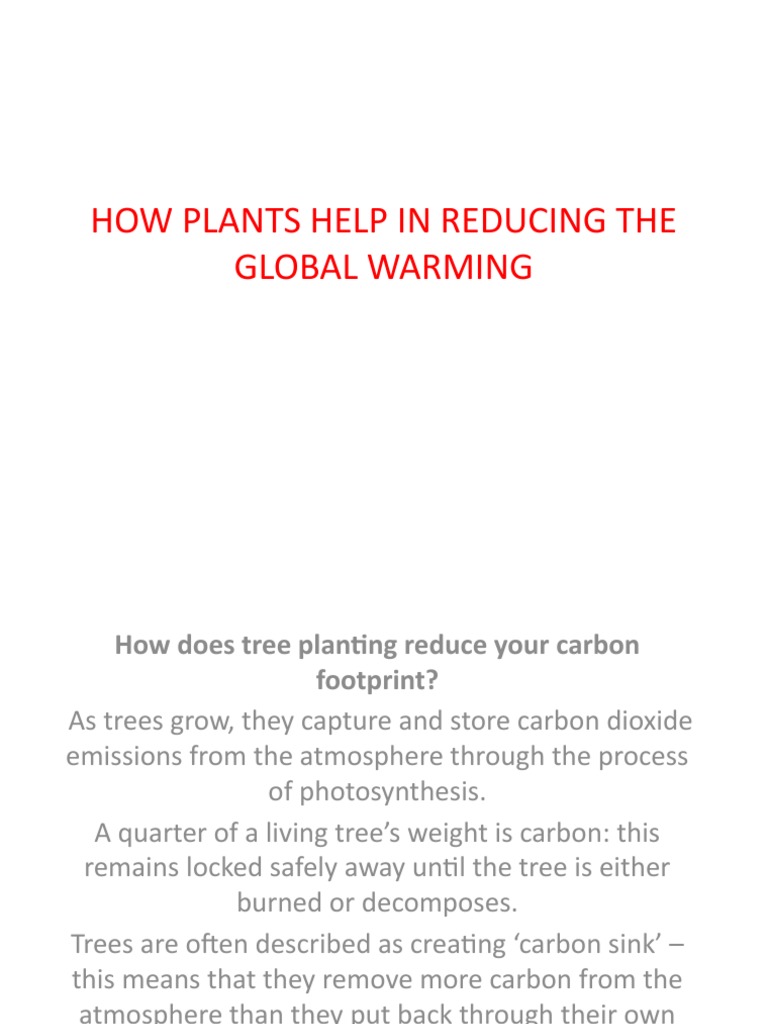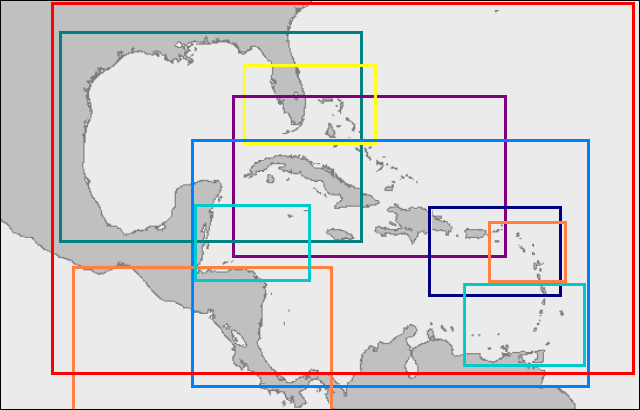Global warming has emerged as an existential threat that looms large over humanity. As temperatures rise, so does the urgency for understanding the precipitating factors contributing to this climate crisis. A myriad of influences composes the complex web of causes behind global warming, blending human activity with natural processes. By unraveling these interconnected elements, we can forge a more informed dialogue about potential solutions.
Discerning the root causes of global warming allows us to appreciate its multifaceted nature. To grasp its implications, one must delve into the categories encompassing both anthropogenic (human-induced) and natural phenomena, illuminating the following primary drivers.
Human Activities: The Dominant Force
Fossil Fuels as the Bedrock of Emissions
The combustion of fossil fuels represents one of the most significant contributors to greenhouse gas emissions. When coal, oil, and natural gas are burned for energy production, they release a substantial amount of carbon dioxide (CO2) into the atmosphere. This influx of CO2 enhances the greenhouse effect, where heat is trapped by atmospheric gases, leading to rising global temperatures. Notably, the transportation sector, industrial processes, and electricity generation are the primary culprits of this unnerving trend.
Deforestation: Nature’s Carbon Sink Undermined
Another major player in the global warming saga is deforestation, which fundamentally alters the balance of carbon within ecosystems. Forests act as carbon sinks, absorbing CO2 from the atmosphere. Yet, as these vital ecosystems are razed for agriculture, urbanization, or logging, their capacity to sequester carbon diminishes substantially. This dual assault—both the release of previously stored carbon and the loss of future carbon absorption—exacerbates the issues related to climate change.
Agricultural Practices: Methane and Nitrous Oxide Emissions
The agricultural sector also contributes to global warming, albeit in more complex ways. Certain practices, such as rice cultivation and livestock farming, release potent greenhouse gases like methane (CH4) and nitrous oxide (N2O). Methane is particularly concerning due to its capacity to trap heat in the atmosphere—over a 20-year period, it can be over 80 times more effective than CO2. Additionally, synthetic fertilizers release nitrous oxide during microbial processes in the soil, further fueling the climate crisis.
Urbanization and Waste: The Ripple Effects of Growth
As urban areas expand rapidly, so too do the environmental challenges associated with waste production and energy use. Urbanization leads to increased energy demands, from heating and cooling to transportation. The waste generated by cities can also produce significant methane emissions, especially in landfills. Thus, the accelerated pace of urban growth contributes to atmospheric warming and must be addressed as part of any comprehensive climate strategy.
Natural Contributors: The Earth’s Own Cycle
Solar Variability: The Sun’s Role in Climate Dynamics
While human activities are the primary drivers of current climate changes, natural factors are not to be dismissed. Solar variability plays a crucial role in influencing Earth’s climate. Changes in the sun’s energy output can cause fluctuations in climate patterns. Although this influence is minor compared to anthropogenic factors, variations in solar radiation can still contribute to short-term climate changes, including warming trends.
Volcanic Activity: Nature’s Unintentional Greenhouse Gas Emissions
Volcanic eruptions are another natural factor contributing to climate dynamics. While they can lead to temporary cooling due to the release of ash and sulfur dioxide into the stratosphere, these eruptions also release greenhouse gases such as CO2. Their contribution to long-term global warming is relatively minor but becomes significant when considered over geological timescales.
Feedback Loops: A Tapestry of Interconnections
The concept of feedback loops should also be acknowledged, as these processes can amplify the effects of global warming. For instance, as polar ice melts, it exposes darker ocean waters, which absorb more solar energy rather than reflecting it back into space. This creates an accelerating cycle of warming, demonstrating how interconnected our climate system is. Similarly, thawing permafrost releases trapped methane, heightening atmospheric concentrations of this potent greenhouse gas.
Crossroad Concern: Societal and Environmental Consequences
The ramifications of global warming are far-reaching, affecting everything from weather patterns to biodiversity. Changes in temperature and precipitation impact agriculture, water supplies, and natural habitats. The increase in severe weather events—from hurricanes to droughts—poses direct threats to human health, food security, and economic stability. Societies finding themselves at this crossroad must contend with difficult choices and urgent actions.
In conclusion, constructing an informed understanding of what causes global warming requires evaluating a tapestry of interlinked factors. Human-induced emissions and deforestation reveal the stark reality of our ongoing climate dilemma, while natural phenomena serve as additional threads in this complex narrative. The crux of the issue lies in the urgency of addressing these factors holistically. Only through comprehensive, integrated approaches can we hope to reverse the detrimental course of climate change and secure a sustainable future for generations to come.


